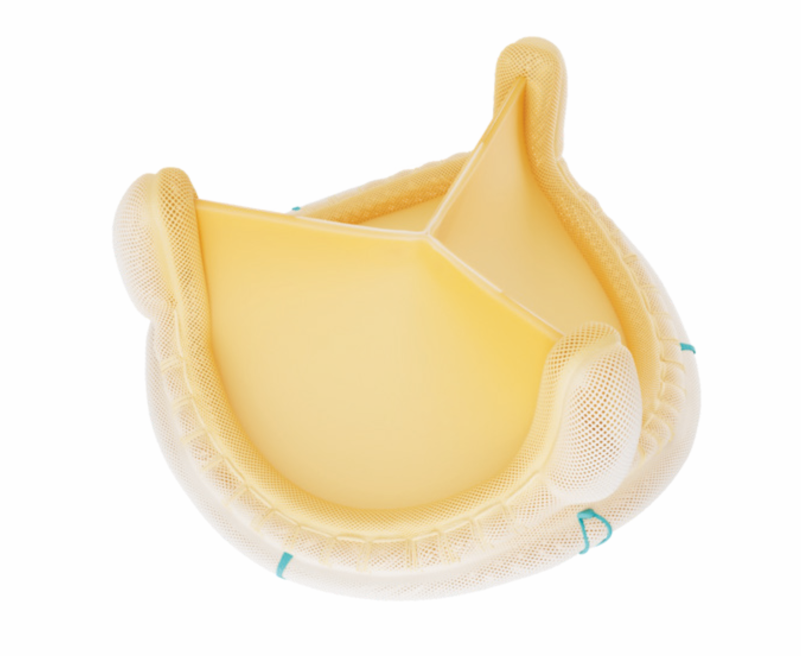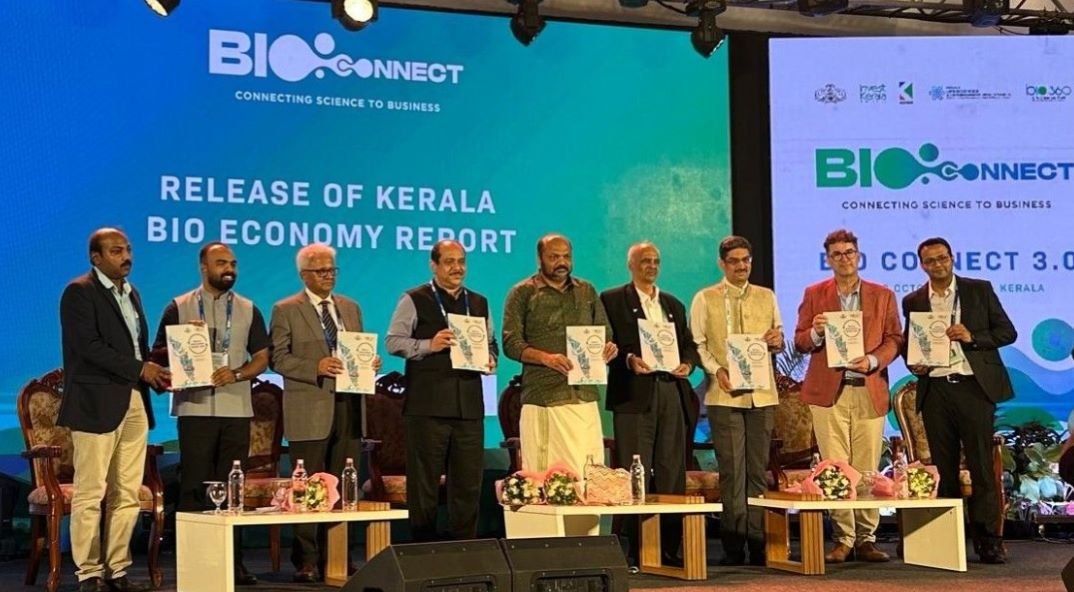Indian IVD industry displays resilience with 30% CAGR
September 30, 2021 | Thursday | Views | By Thomas John, Managing Director, Agappe Diagnostics, Ernakulam
2020 has been a catastrophe and a revelation at the same time. A disaster in the sense that COVID-19 spread to almost every country worldwide and the World Health Organisation, declared it a public health emergency. And, a revelation because the diagnostic industry, like every entity on this planet, adapted, evolved and survived this global health crisis by boosting indigenous manufacture.
The pandemic has dramatically reduced the walk-in patients to the hospital and standalone labs in view of unexpected infection controls and scare. Reducing the risk of transmitting the virus to either patients or healthcare workers within their practice, patients were deferring elective and preventive visits and regular check-ups. Wherever possible, the majority was shifting from in-person visits to telemedicine visits.
Further, patients were also avoiding appointments because they do not want to be away from their homes and risk exposure. So, there was a considerable drop in healthcare utilisation from March 2020 and patients tried to avoid interactions with the health professionals anticipating contracting the virus, including in outpatient appointments. The trend was the same in immunisations, cancer check-ups, wellness services, all. There was a heavy drop at the beginning of March 2020 and later the trend has improved a bit.
During the pandemic era, the IoT (Internet of Things) sector, which is an advanced technology that links all smart gadgets together within a network with no human interactions, developed far & wide, owing to the scare of people to travel to healthcare institutions. Any equipment which can be connected to the internet for further monitoring or transferring data to another device can be an IoT device.
In recent years, IoT has gained convincing research ground as a new research topic in a variety of academic & industrial disciplines, especially in healthcare. The IoT revolution is reorganising healthcare systems from conventional to more personalised healthcare systems through which patients can be consulted, diagnosed, treated, and monitored easily.
Since the pandemic commenced, there has been ample effort in different research forums to exploit a wide variety of technologies to combat this worldwide threat. In the context of COVID-19, IoT-enabled/linked devices/applications are utilised to reduce the possible transmission of COVID-19 to others by non-contact, early diagnosis, timely monitoring of patients, and practising defined protocols after patient recovery.
IoT is increasingly becoming a vital technology in healthcare systems with cost-effective better solutions and services. Processes like tracking, identification & authentication and data collection, the exponential growth of IoT in healthcare is expected to rise to $188 billion in 2025 ($72 billion in 2020). In other words, IoT technology during the COVID-19 pandemic has proven its convenience and advantages in helping patients, healthcare providers, and authorities to a greater extent.
The global point of care (POC) diagnostics market size is projected to reach $50+ billion by 2025. Technological advancements in POC devices, sky-rocketing instances of infectious diseases, and big leaps in the investments by key players are pivotal driving forces assisting the growth of the POC diagnostics market.
COVID-19 impact on POC diagnostics market
The COVID-19 pandemic has significantly supported the POC diagnostics market after a short dip. The outbreak of COVID-19 has multiplied the global demand for diagnostic kits to rapidly detect the disorders. However, countries across the globe are facing a severe dearth of laboratory-based molecular assays. Thus, many players are bent on supporting the required supply of tests worldwide.
The POC diagnostics market witnessed significant growth in 2020, owing to the increasing usage of POC tests that can rapidly diagnose COVID-19. With the sharp rise in the demand for faster diagnostic results, the acceptability of POC testing is thriving high.
The multiplying number of COVID-19 cases and the alarming concern on governments to improve patient management has boosted the demand for rapid antigen testing kits that can be effectively used in point-of-care settings. Such fast-detecting tools are vital in providing accurate and effective treatment strategies.
Moreover, the increasing burden of other respiratory illnesses across the globe, the shift towards decentralised diagnostics, and the easy availability to POC devices through online platforms are the other key factors likely to boost the long-term growth of the POC diagnostics market in the coming decade.
COVID-19 Antigen Self-Test, currently the nucleic acid-based polymerase chain reaction, is used as the standard for COVID-19 diagnosis and Rapid Antigen Test (RAT) is considered as the reliable platform for mass screening of COVID-19. Worldwide 60 per cent of the COVID-19 disease diagnosis is dependent on RAT and the remaining 40 per cent stake is held by RT-PCR.
Based on the high spreading rate and low testing pace, several countries have liberalised the RAT testing strategy for Self/Home testing by the patients. In India, the Indian Council of Medical Research (ICMR) has given permission for COVID-19 self-test by May 2021 in order to increase the testing rate in rural areas.
The laboratory-based COVID-19 antigen testing has been modified as a self-test by altering the testing protocol and by making the raw materials like nasopharyngeal swab, prefilled lysis buffer user friendly.
Benefits are ready to use COVID-19 antigen test card, a patient can perform the test without any external help, required only nasal sample, easy sample collection, prefilled lysis buffer with dropper head for direct sample addition to the cassette, result within 15 minutes & the result can be synchronised with ICMR website also through the mobile app.
The test strip contains highly specific and sensitive COVID-19 monoclonal capture antibodies and colloidal gold conjugated detector monoclonal antibodies which react with the nucleocapsid antigen present in the nasopharyngeal swab sample. The sandwich structure formation and aggregation due to the interaction between the antibodies and antigen will result in the colour band formation in the test and control line with the COVID-19 positive sample. The Self/Home test can offer 100 per cent specificity and 70-80 per cent sensitivity as compared to the RT-PCR assay (Ct value up to 38) if the procedure is strictly followed.
India has rightly emerged with self-sufficiency to fight the COVID-19 crisis because Indian in-vitro diagnostic devices (IVD) manufacturers relentlessly worked to address the crisis with rapid scaling up of testing for COVID-19. Testing and isolation were considered most important to contain the pandemic. The ever-increasing demand for COVID-19 diagnostic tests has given a big boost to the IVD industry.
The government of India, through its flagship ‘Make in India’ initiative supported the Indian manufacturers very much to meet the rising demand for essential healthcare equipment for the country, pushing the Indian medical devices sector to epitomise Atmanirbhar Bharat theory or self-reliance.
Supporting the call of the Prime Minister to support Atmanirbhar, from immediate development of all required COVID-19 test kits to manufacturing millions of tests, the Indian IVD Industry was the solution provider in the biggest healthcare crisis of our nation. All IVD products like reagents, equipment and systems used to diagnose and monitor COVID-19, cardio-vascular diseases, diabetes and other comorbidities were surging high.
All players of IVD were meeting an increasingly supportive regulatory landscape for product development and commercialisation. Indigenous development RT LAMP-based molecular testing for COVID-19 was another milestone in our history.
From the production capacity of 5,000 tests a day, manufacturers could scale up their efforts to produce more than 1,00,000 tests per day. IVD industry recorded a growth of 30 per cent in the year 2020, with double the rate at which the industry had been growing in the past decade.
IVD industry in the year 2019 was Rs 7500 crore which was expected to grow at a CAGR of about 15 per cent before the pandemic crisis. COVID-19 has helped to boost the rate of growth to 30 per cent compared to 15 per cent expected. There is no room for second thoughts that Aatmanirbhar Bharat will take the medical devices industry to enviable horizons in the coming years where quality and affordability will be our bottom line.
Thomas John, Managing Director, Agappe Diagnostics, Ernakulam









